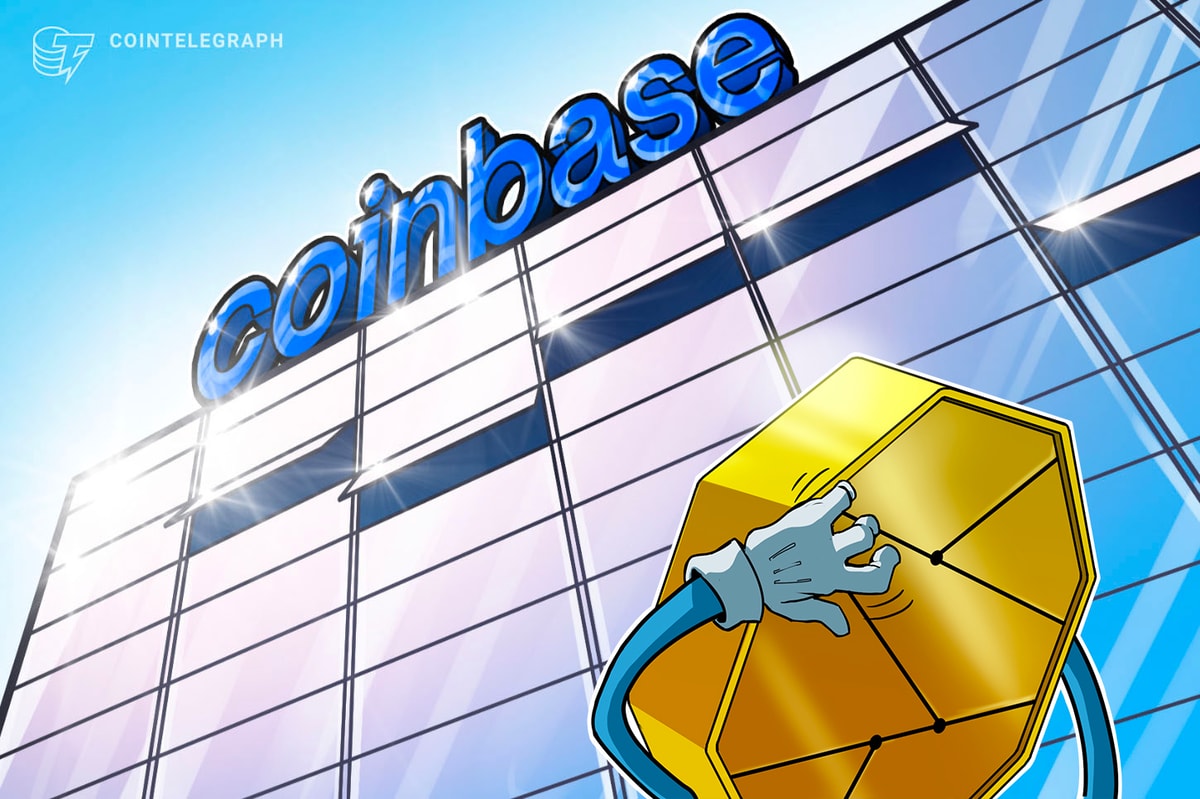Fed defers to elected officials on issuing digital currency
4 min readWASHINGTON — The Federal Reserve released a long-awaited report examining the potential ramifications of issuing a digital version of the U.S. dollar, saying it would not create one without a clear directive from elected officials.
The 40-page report, released Thursday, coincides with a request for feedback from the Fed on the impact of a hypothetical U.S. digital dollar — a central bank liability intended to be the online equivalent of physical cash. The public will have until May 20 to respond to nearly two dozen questions around CBDCs.
The Fed’s report is “not intended to advance any specific policy outcome,” the agency wrote. But the paper marks a historic first step towards a potential CBDC, which experts believe could have considerable consequences for banks and the broader U.S. financial system. The Fed itself noted that the introduction of a digital dollar would represent a “highly significant innovation in American money.”
“We look forward to engaging with the public, elected representatives, and a broad range of stakeholders as we examine the positives and negatives of a central bank digital currency in the United States,” Federal Reserve Chair Jerome Powell said in a press release.
The U.S. central bank’s report echoed what Powell has told lawmakers several times over the past year. The Fed “does not intend to proceed with issuance of a CBDC without clear support from the executive branch and from Congress, ideally in the form of a specific authorizing law,” it said.
Still, the report made significant observations about the potential structure of a digital dollar, including that “analysis to date suggests that a potential U.S. CBDC, if one were created, would best serve the needs of the Untied States by being privacy-protected, intermediated, widely transferable and identity-verified.”
The also Fed noted that it was not currently authorized to hold personal accounts for individuals, meaning that the private sector would likely need to offer “digital wallets” for consumers to use and hold an American CBDC.
And while the Fed said that consumer privacy would be a “critical” component of a digital dollar, the agency also said that transactions would likely require ID verification to comply with anti-money-laundering laws, limiting the potential anonymity of digital cash.
The report compares a wide variety of risks and benefits that may be wrought by a CBDC. Among potential benefits, the Fed wrote that a CBDC could “provide a safe foundation” for other payments-minded innovators in the private sector, galvanize the U.S. dollar’s international role as the world’s reserve currency and improve both the speed and ease of cross-border payments.
But the Fed also noted that a digital dollar could could significantly alter basic structure of the U.S. financial system, particularly for banks. A widely used CBDC could result in the government competing with private banks for customers’ deposits, especially if the Fed’s CBDC bears any interest.
“This substitution effect,” the Fed wrote, “could reduce the aggregate amount of deposits in the banking system, which could in turn increase bank funding expenses, and reduce credit availability or raise credit costs for households and businesses.”
The Fed further noted that a CBDC’s ease of use could accelerate runs on financial firms in times of crisis by being “the safest form of money,” though such risk could be mitigated by limits on the quantity of digital dollars users can accumulate in short periods of time.
The report highlights just how much a CBDC could reshape the banking and payments system, American Bankers Association President and CEO Rob Nichols said in a statement released Thursday that expressed clear reservations about a digital currency not held at banks.
“These implications require a careful weighing of the real-world costs and benefits before any decision to move forward,” Nichols said.
A key question would be the impact on commercial banks’ central role in the economy as lenders and safekeepers of traditional deposits, he said.
“Deposits are banks’ primary funding source for the lending and investment activities that are at the heart of U.S. economic growth,” Nichols said. “Whether supporting a small business, major infrastructure project or a new homeowner, banks provide the lending their customers and communities depend on. Policymakers would need to show that a U.S. CBDC would somehow improve upon this reliable, tested retail banking system that serves our communities and our economy so well, and we believe it will be very difficult to make that case. “
Among its questions for the public, the Fed asked whether “some or all of the potential benefits of a CBDC be better achieved in a different way” and how a digital dollar could potentially affect financial inclusion and stability in the U.S.
The Fed also asked how “decisions by other large-economy nations to issue CBDCs” should influence the central bank’s own decision-making, as well as how the payments sector may develop “in the absence of a U.S. CBDC.”






